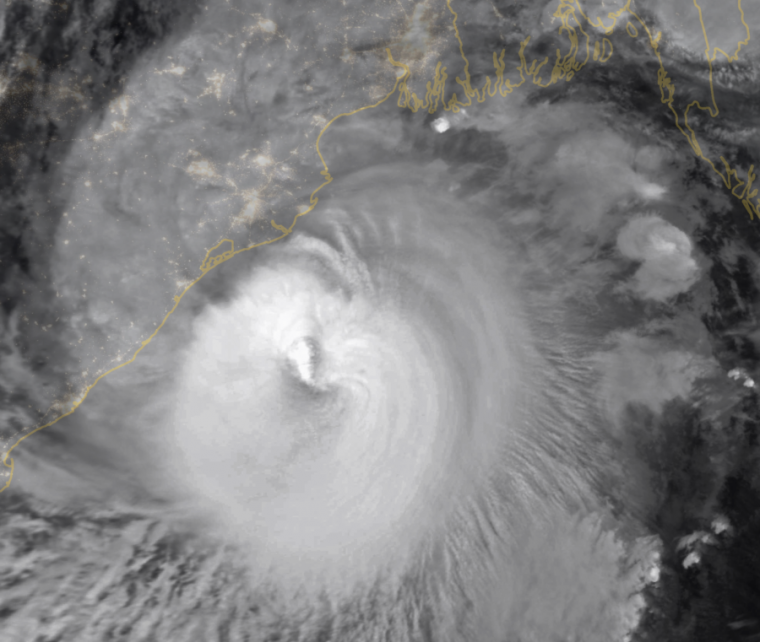Tropical cyclones are already getting stronger, new dataset shows

Enlarge / Tropical Cyclone Amphan nears the coasts of India and Bangladesh on May 19. (credit: NASA EO)
Science is relatively straightforward when you can compare a model prediction to data and assume that the former accurately represents our theories and the latter accurately represents what's going on in nature. But the data isn't always up to the task of providing a good representation of the natural world for one reason or another. That's part of what makes the relationship between climate change and tropical cyclones something that requires a bit of explanation.
Trend spottingFrom climate-model projections (and basic physics), some things are pretty well established: sea level rise worsens storm surge damage, warmer temperatures increase the atmosphere's ability to hold water vapor (and dump it as rain), and warmer temperatures increase the energy available to make tropical cyclones stronger. Sea level rise is obviously easy enough to measure, but checking records of tropical cyclones for trends in intensity is much more complicated.
This is partly because tropical cyclones in different ocean basins can be affected by natural variations in regional atmospheric patterns and ocean temperatures. But the larger problem is that our methods of collecting data on tropical cyclones have changed-and improved-over time. If a trend appears in the data, is it real or is it just an artifact of the advent of comprehensive satellite coverage? (A trend possibly extended by improvements in satellite resolution or instrumentation.)
Read 9 remaining paragraphs | Comments